When I stepped into Aggitis Cave, also known as Maaras, I felt like I was entering a hidden world beneath northern Greece. The roar of the river bouncing off those vast chambers made the place stand out from any other cave I’d seen.
Aggitis Cave is Greece’s largest river cave, with an underground river, stunning rock formations, and one of the biggest cave halls ever found in the country.
The walkway took me about 500 meters deep, where chilly air and crystal waters surrounded me. Each bend showed off something new—massive stalactites, glittering mineral walls, the works.
Families and solo travelers alike will find adventure here. It’s the kind of place that sticks in your memory. If you want a truly different experience in Europe, this underground wonderland near Drama, Greece, deserves a spot on your list.
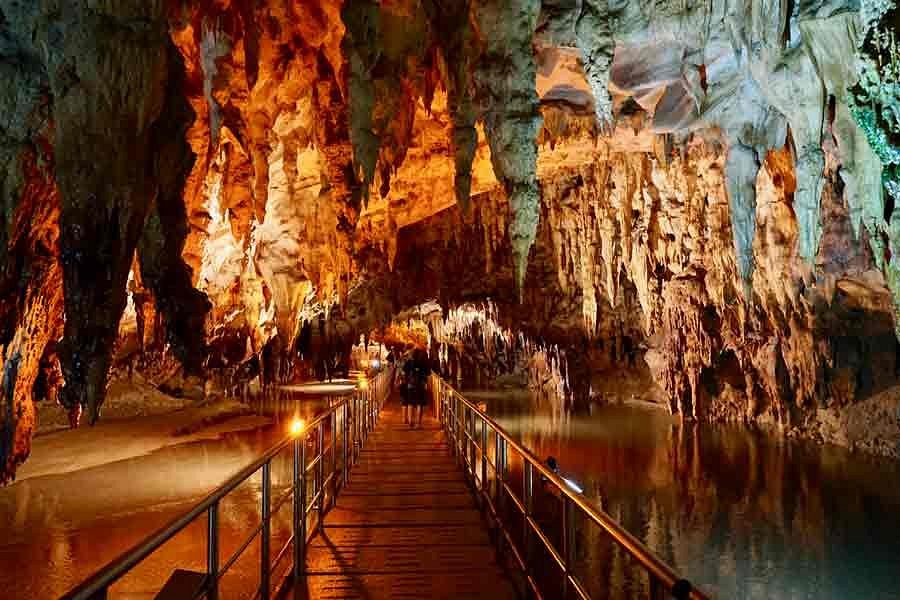
Discovering Aggitis Cave (Maaras)
Aggitis Cave, or Maaras Cave, wowed me the moment I arrived. It hides near the town of Drama, where water, rock, and history have blended together in a way that feels almost unreal.
First Impressions and Mystique
As I walked up to the entrance, the air turned cool and damp, hinting at what lay below. The cave’s opening sits at the base of Falakro Mountain, wrapped in lush greenery and the gentle burble of the river.
A soft mist hovered, giving the place a slightly enchanted vibe. The entrance itself is wide and feels secure, so travelers of all ages can enter without worry.
Guided tours start right there, leading small groups into the darkness. I expected a rough path, but the walkways and soft lights immediately revealed the cave’s features.
Inside, the mood changed. Shadows danced on the walls, and the river’s sound mingled with quiet voices. The place felt ancient but still welcoming.

Unique Geological Features
Aggitis Cave stands out as Greece’s only river cave open to the public, stretching over 500 meters. The Aggitis River carved its tunnel-like passage by cutting through limestone for thousands of years.
This slow process made a winding “natural pipe” you can now walk through. Stalactites and stalagmites come in all shapes—some look like melting wax, others become delicate pillars.
Minerals in whites, creams, and soft yellows color the stone and catch the light. Some formations even have names, like the “Chandelier Hall,” where sparkling rocks hang together.
Clever lighting shows off these features, so every step feels like a new discovery. I could see why early visitors thought the cave was magical.
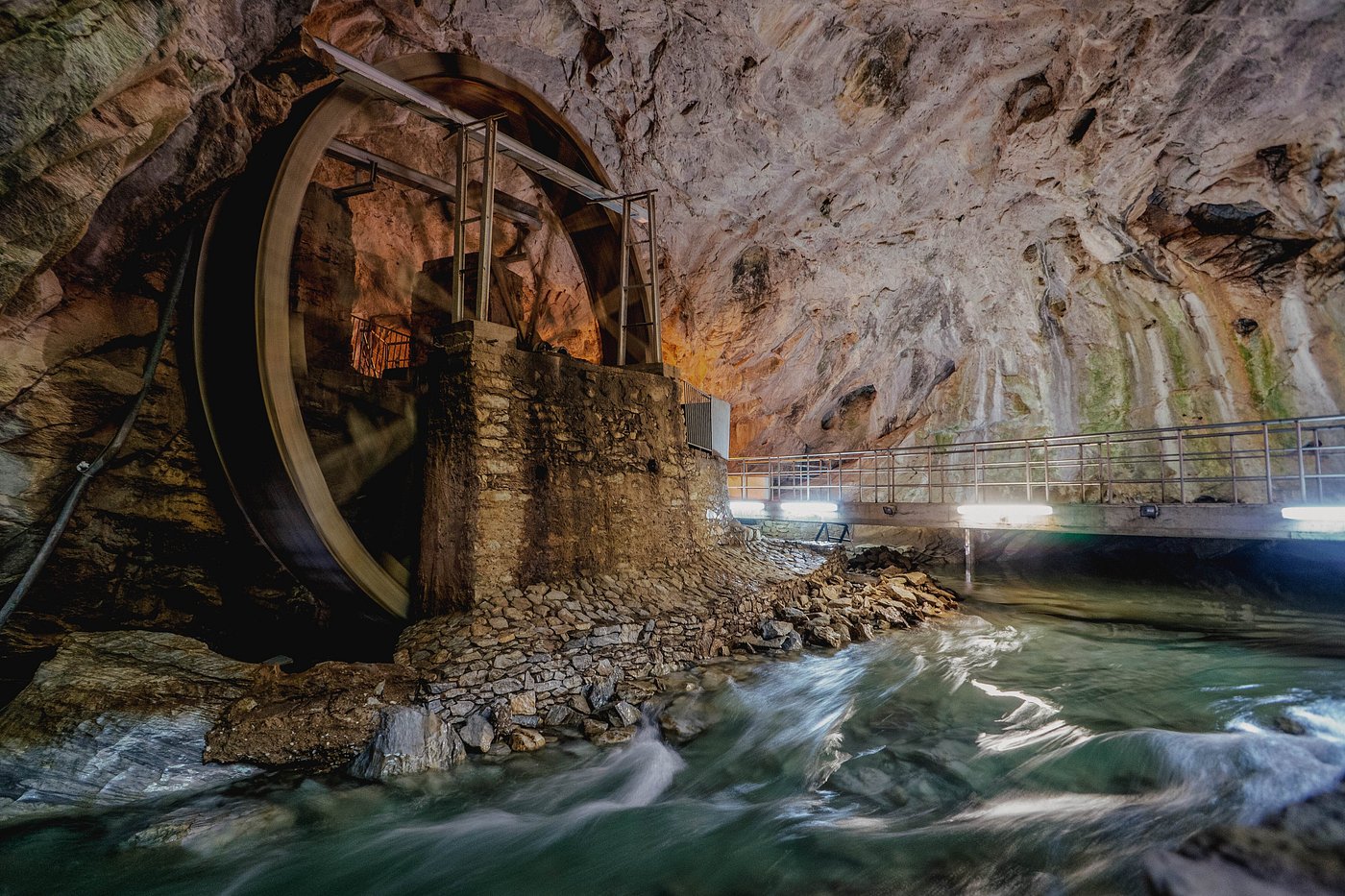
The Underground River’s Secrets
The Aggitis River flows right through the cave, which is rare for Europe. The water is so clear and lively, rushing through its rocky channel with a gentle, musical sound.
Sometimes, you can take guided boat tours, floating on the underground current, but the main route follows a sturdy walkway. The river breathes life into the cave, keeping the air moist and cool.
Tiny fish and unique cave creatures swim in its pools. Our guide pointed out spots where scientists found ancient animal bones and early human remains, proof that people have explored these depths for thousands of years.
Standing by the rushing water, I felt the connection between nature, history, and everyone who came before me. The way water and rock shape this hidden world is honestly worth every step.

History and Legends of Europe’s Unique Cave
Aggitis Cave mixes real history with wild legends. Nature and people have shaped it for thousands of years, leaving behind plenty of stories.
Ancient Origins and Timeline
Walking into Aggitis Cave felt like stepping into a timeline carved by water, stone, and ancient people. Archaeologists found evidence of human presence here since at least the Neolithic period.
The entrance area revealed early settlements—tools, pottery, the works. The cave’s size made it a perfect shelter over the ages.
People probably used it as a refuge during storms or dangerous times. Byzantine and Ottoman records mention the cave’s strategic value.
Explorers and scientists gradually revealed more chambers over the centuries. Most of the official mapping happened in the 20th century, showing just how huge this underground labyrinth is—and that the Aggitis River flows right through it.
That first walk along the river felt like time travel through Greek history.
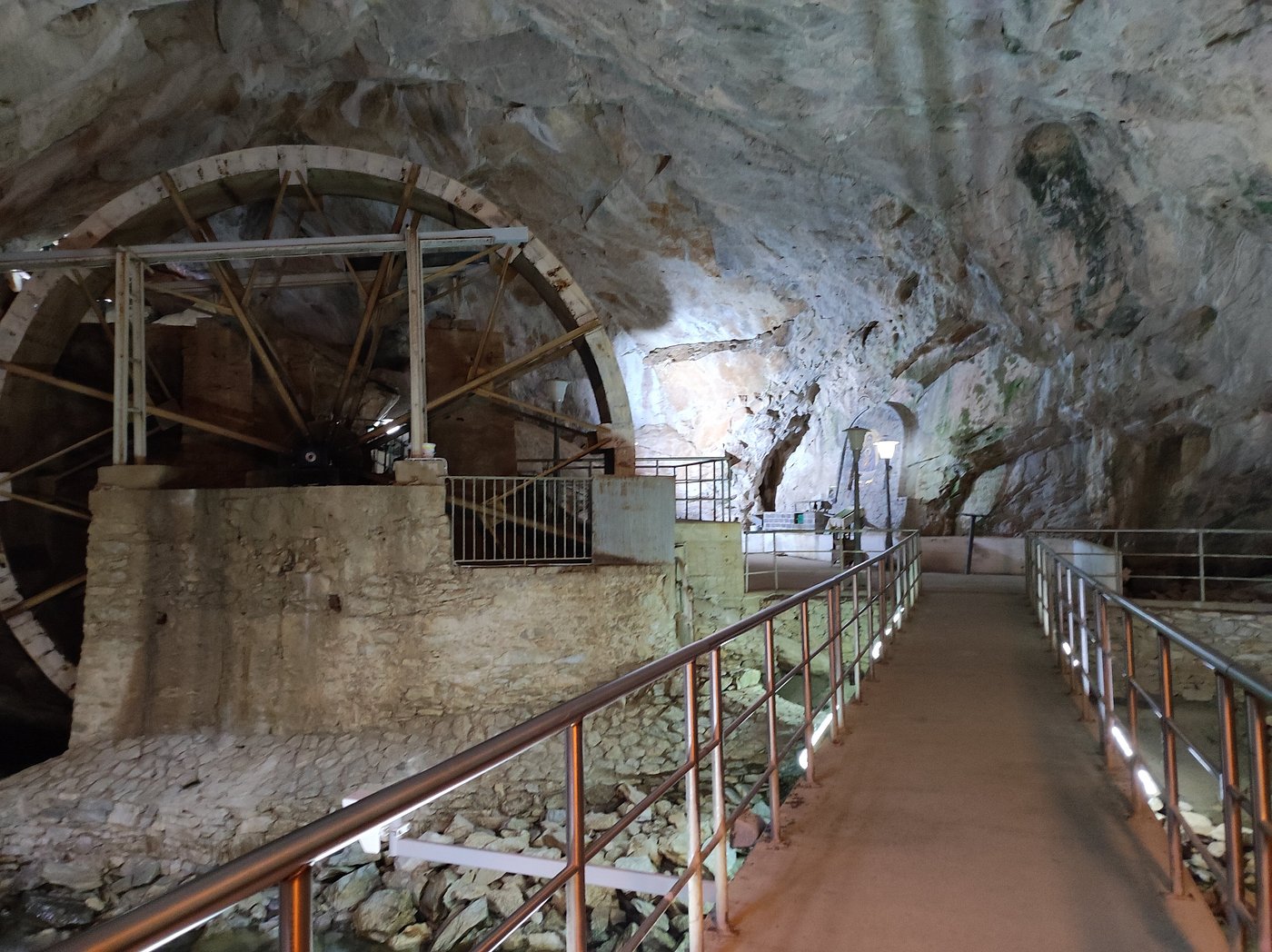
Myths, Legends, and Local Stories
Like a lot of places in Greece, Aggitis Cave comes with its own set of stories. Locals call it Μααράς (Maaras).
There’s a legend about bandits and secret lovers hiding here from the world above. One tale says a dragon guarded ancient treasures deep inside.
A local guide told me villagers used to toss offerings near the entrance, hoping for the dragon’s favor. These stories made the cave feel alive with secrets during my visit.
Some people claim the cave’s cool air and echoes are home to hidden spirits. Others say the river’s song predicts the weather. These tales add a bit of magic to the whole experience.
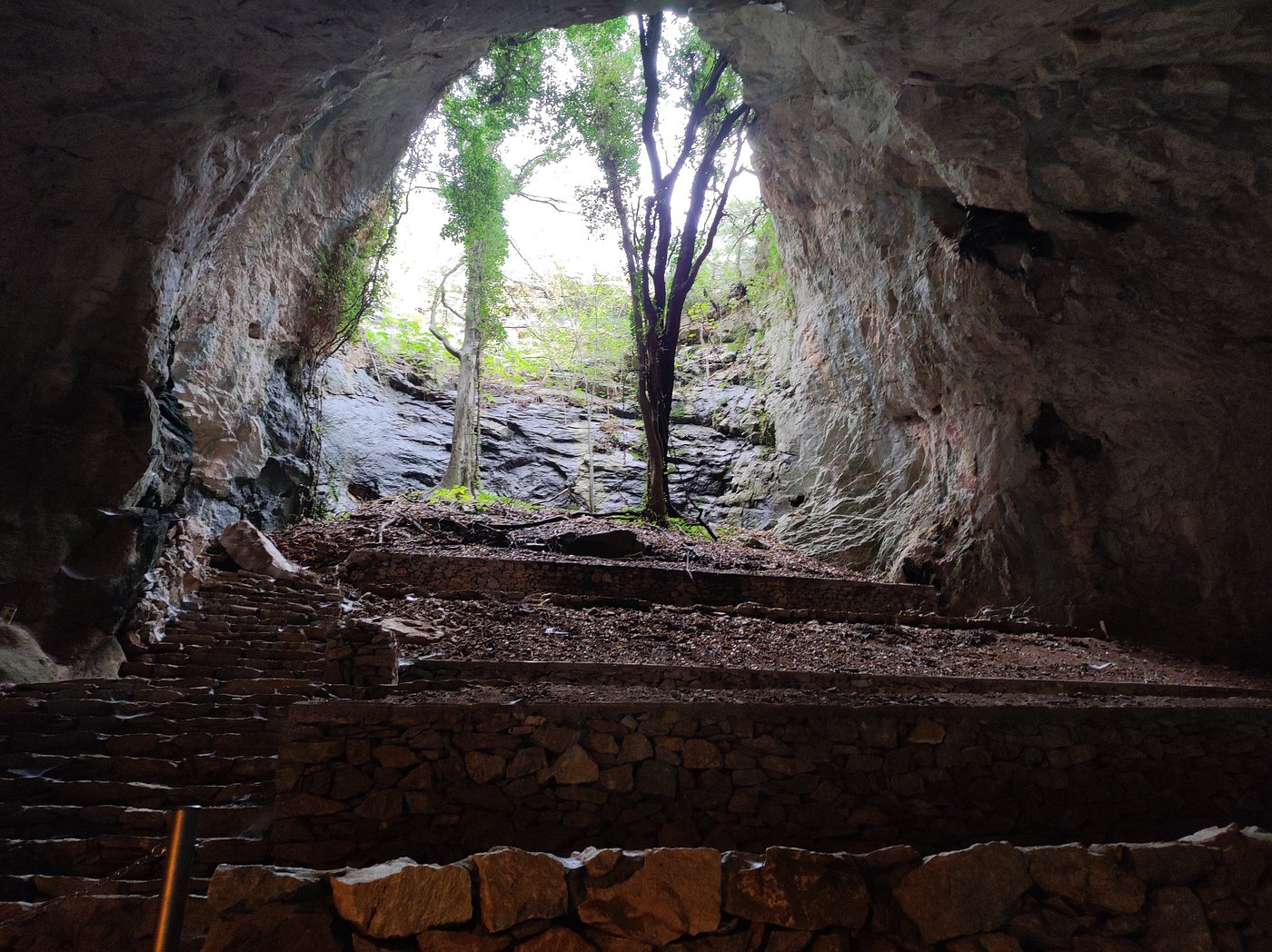
Scientific Research and Archaeological Finds
Interest from scientists really picked up in the 20th century. Palaeontologists, archaeologists, and geologists all explored its chambers.
They found fossils of extinct animals—cave bears, deer—hinting at what life looked like ages ago. Archaeological digs uncovered tools, pottery shards, and bones, showing how humans and animals interacted here.
Scientists mapped the cave’s confusing passages and studied how the Aggitis River flows underground. They believe the cave system goes way beyond what visitors see today.
Guided tours highlight the coolest discoveries. Seeing real artifacts from ancient times made my adventure feel even more special.

Exploring the Underground Wonderland
Walking into Aggitis Cave felt like slipping into another world. Ancient stone, running water, and unexpected life greeted me at every turn.
Guided Tours and What to Expect
When I got there, I joined a guided tour with a local expert. Tours run frequently, and guides share stories about the cave’s history, geology, and exploration.
We walked about 500 meters along a well-lit path, which made it easy for families and most people to join. The temperature stays cool all year, so I was glad I had a light jacket.
The pace was relaxed, with plenty of chances to take photos or ask questions. Tours usually last around 40 minutes and cover all the main sights safely, with railings and clear rules to keep everyone together.
Quick tips if you’re going:
- Wear comfortable, non-slip shoes
- Bring a sweater or jacket
- Photography is allowed, but don’t use flash
This setup makes the visit safe and enjoyable, so you can focus on the cave itself.
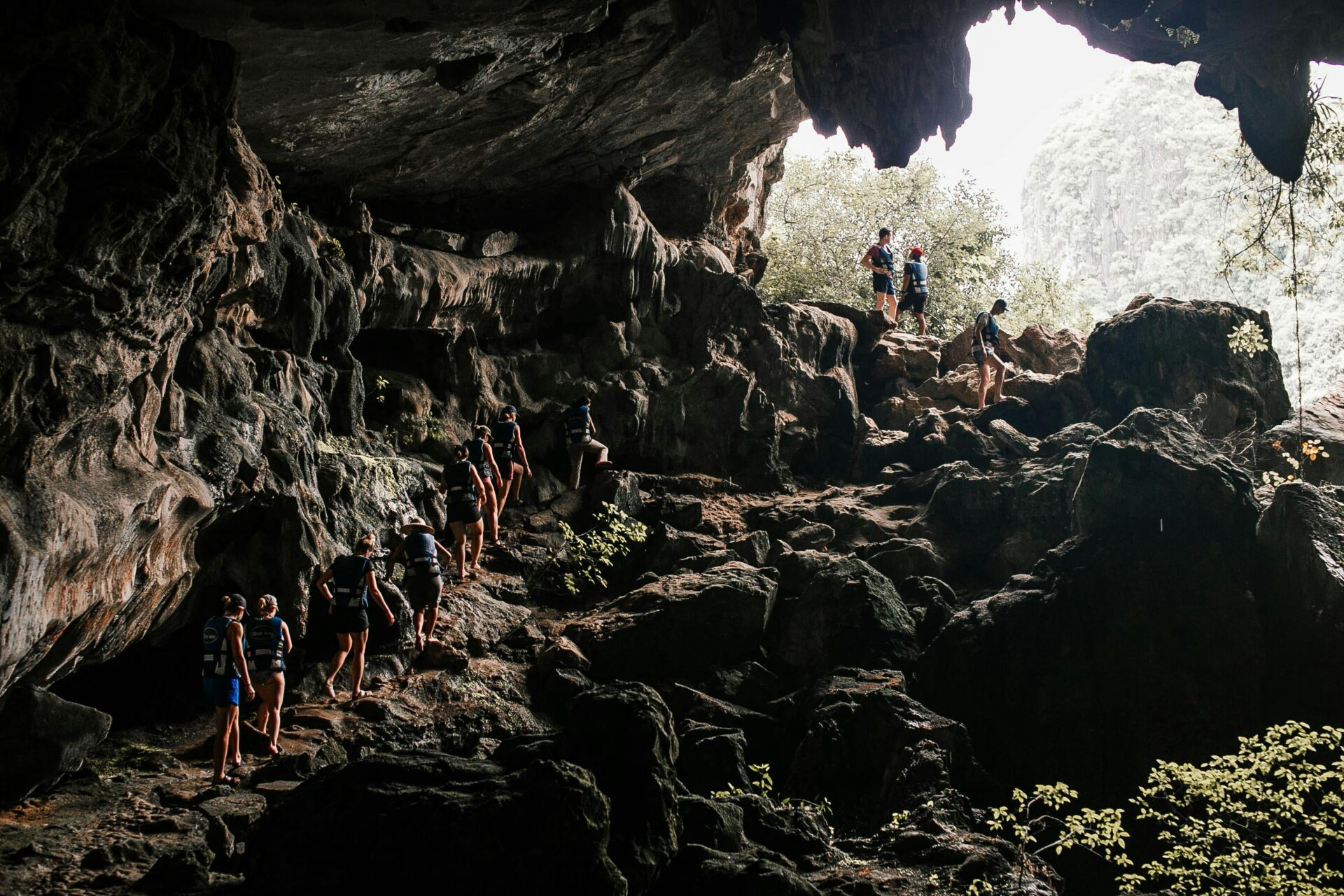
Highlights Along the Cave Path
As I went deeper into Aggitis Cave, a few things really stood out. The river flows right next to the walkway, even in summer.
Its clear water reflects the ceiling, creating a surreal mirror image that stopped me more than once. The largest chamber is massive—about 120 meters long, 65 meters wide, and 45 meters high.
Looking up at that ceiling made me feel tiny. Stalactites and stalagmites fill almost every corner, some built up over thousands of years.
Our guide showed us where explorers found fossils and pottery, connecting us to the cave’s long history.
Notable highlights:
- Huge main chamber
- Translucent, blue-green river
- Odd rock shapes and ancient relics
Every stop along the path felt like finding a natural museum hidden below ground.
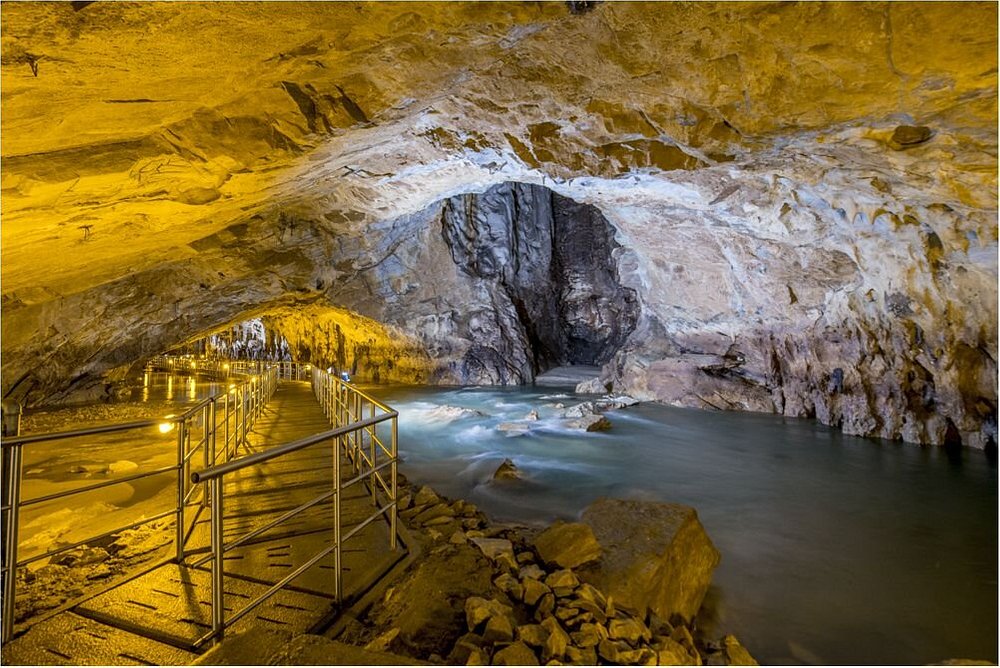
Sounds and Sights of the Subterranean World
Inside, sound takes on new life. The river’s steady flow echoes through the tunnels, while water drips from the ceiling, creating a gentle percussion.
Lights along the path highlight the veins of minerals and rock formations. Shadows flicker across the water, moving with every step.
Sometimes, I caught a faint breeze sneaking through narrow passages, carrying the earthy scent of damp stone.
All these sights and sounds give the place a calm, dreamy feel—a total escape from the world above.
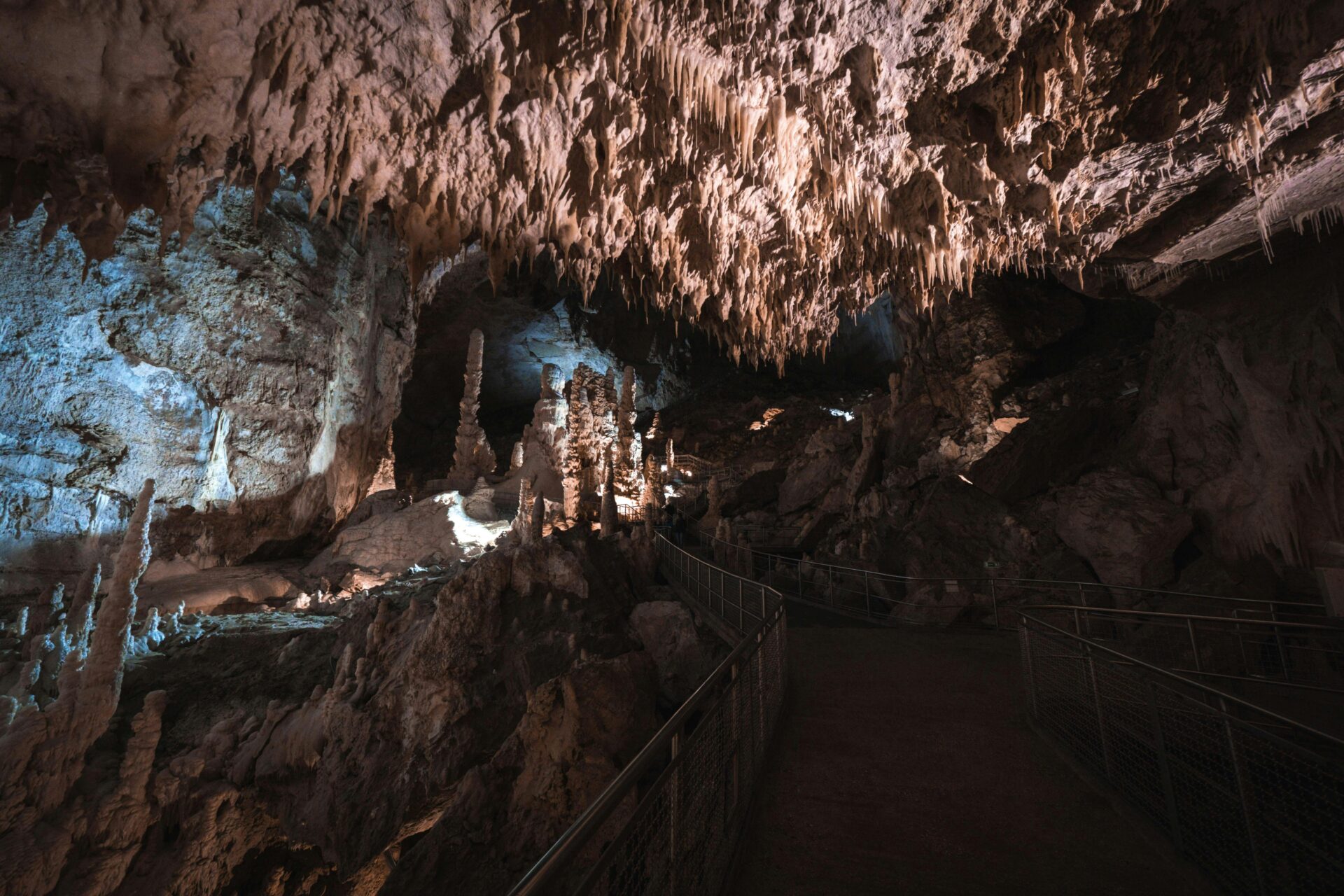
Wildlife and Ecosystem Inside
Even though it feels otherworldly, the cave supports its own little ecosystem. Bats roost high up and sometimes dart out of sight.
Cool, humid air and gentle water flow let algae and tiny creatures thrive in the river and on wet rocks. Guides explained how these animals have adapted to the darkness.
Some tiny invertebrates and fish lost their pigment and rely on other senses. The cave is protected, and visitors must follow the rules—no touching or bothering the wildlife.
I left with a new respect for how life can survive in such a hidden, delicate place.
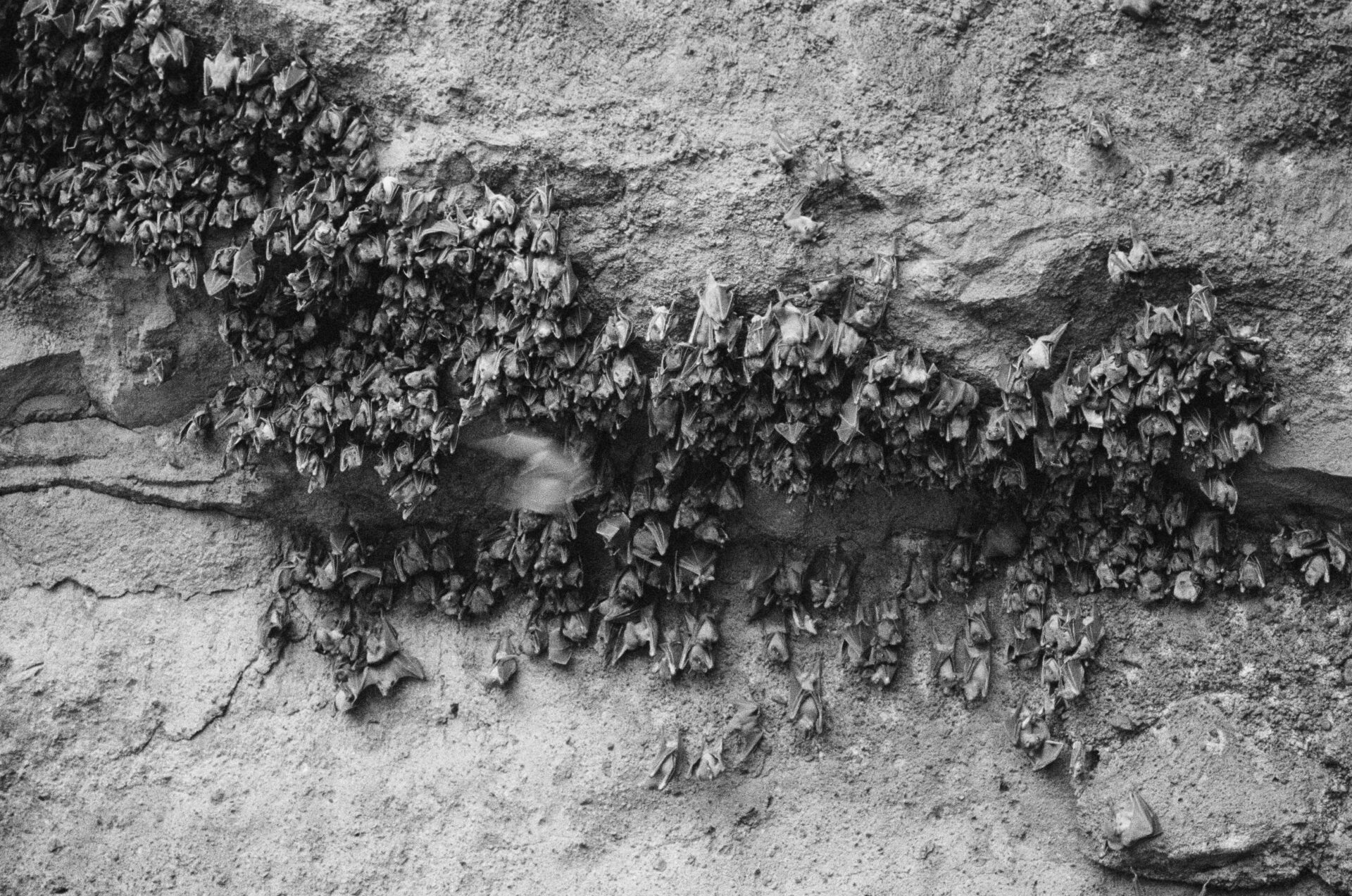
Travel Tips for Visiting Aggitis Cave (Maaras)
Exploring Aggitis Cave amazed me with its natural beauty and history. If you’re planning a visit, a bit of prep helps—especially figuring out how to get there and what to wear underground.
Getting There: Directions and Accessibility
Aggitis Cave, or Maaras Cave, sits just outside Prosotani, near Drama in northern Greece. I found driving the easiest way to get there, since local buses only reach nearby towns and skip the cave itself.
The drive from Drama takes about 25 minutes. Just follow signs for Prosotani and then Maaras.
Parking was free, and I always found a spot, even when it was busy. The entrance path is flat and paved, so it’s easy to walk from the car park to the cave.
Wheelchair users and people with limited mobility can reach the entrance, but inside, the cave paths get a bit narrow and uneven at times.
If you’re using GPS, type in “Aggitis Cave” or “Σπήλαιο Αγγίτη” to avoid confusion. Taxis from Drama work too, especially if you don’t have a rental car.
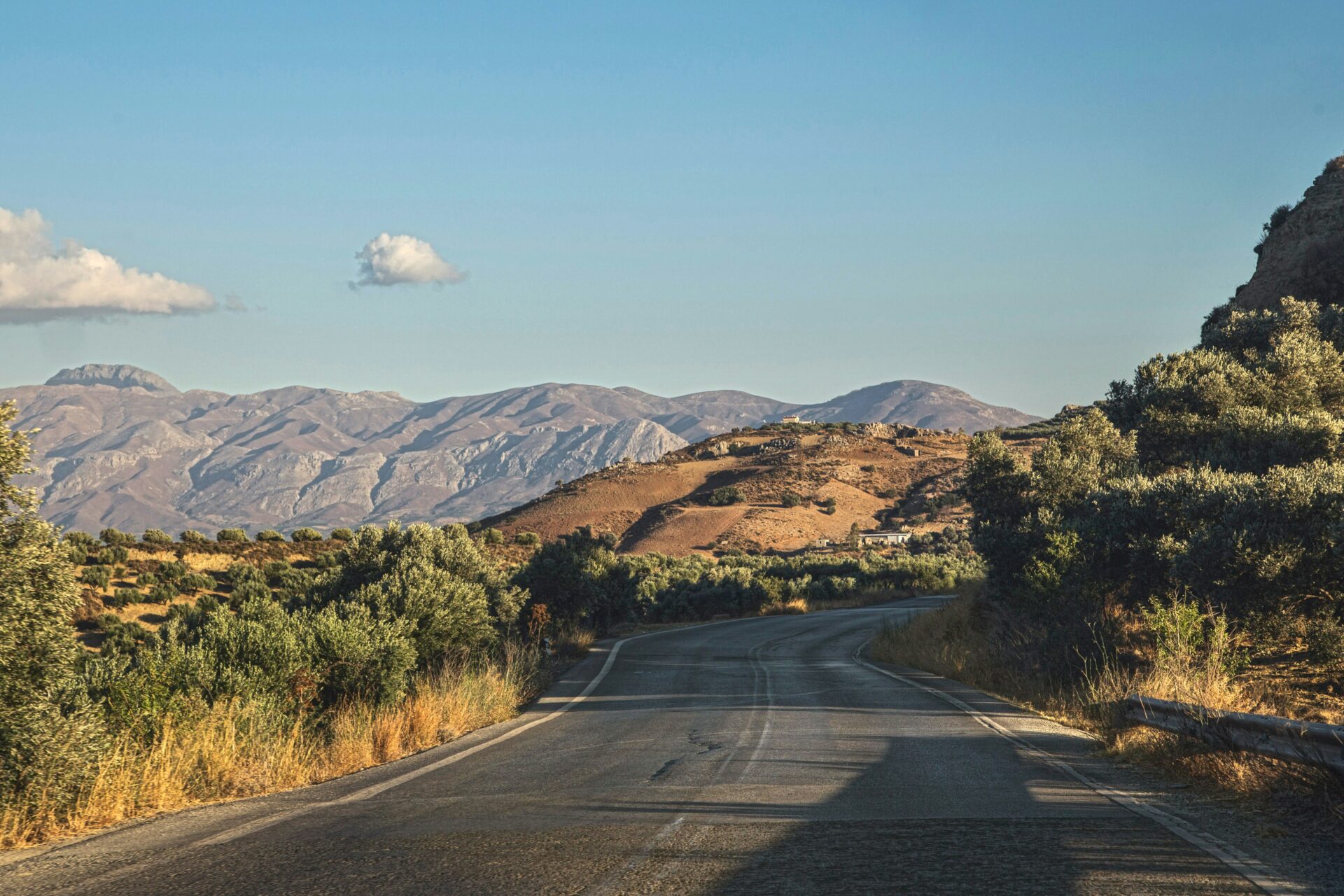
Best Time to Visit and Entry Details
Aggitis Cave stays open all year, which made planning simple. In summer, hours run from 10:00 to 19:00; in winter, the cave closes at 17:00.
I noticed mornings and late afternoons are much quieter, especially in July and August when crowds and heat pick up. Entry fees are fair.
Kids under 7, and sometimes adults on promo days, get in free. Guided tours start regularly, covering about 500 meters of the river path.
I didn’t need to book ahead in spring, but during busy seasons, it’s smart to call first. Most tours last around an hour, including time to enjoy the cave’s sights.
I’d show up at least 15 minutes early to grab a spot and soak in the peaceful views outside.

What to Pack and Wear
Inside, the cave stays cool—about 17°C (63°F)—no matter the season. I brought a light jacket and was glad I did.
Wear shoes with good grip, since parts of the walkway can get damp. Sneakers or hiking shoes worked great for me.
A small backpack held my essentials: water bottle, camera, and a flashlight (though the paths are mostly well-lit). Flash photography isn’t allowed, but I got decent shots with my phone on night mode.
I left bigger bags in the car—tight spaces inside make bulky stuff awkward. No need for helmets or special gear, but comfy clothes made the walk way better.

Nearby Attractions to Explore
The area around Aggitis Cave really surprised me with its mix of natural beauty and cultural spots. In less than ten minutes, I reached the Aggitis River—honestly, it’s perfect for a riverside walk or even just a quiet picnic.
I stopped in the small village of Prosotani and found some local tavernas. I tried homemade pies and fresh feta, and honestly, the food alone is worth the trip.
If you drive north, you’ll hit the city of Drama. It’s got leafy parks and the Archaeological Museum of Drama, where you can check out ancient finds from the region.
If you feel like going further, Falakro Mountain stands out on the horizon right from the cave entrance. You’ll find hiking trails up there with some pretty impressive views.
Here’s a quick list of nearby highlights:
| Attraction | Distance from Aggitis Cave | What to Expect |
|---|---|---|
| Prosotani Village | 3 km | Local food, charming streets |
| Aggitis River Walk | 1 km | Nature, picnic spots |
| Drama City Center | 22 km | Museums, cafes, shopping |
| Falakro Mountain | 20 km | Hiking, panoramic scenery |
Even after I left the cave, I kept finding more to see in this part of northern Greece. It’s honestly a place that sticks with you.
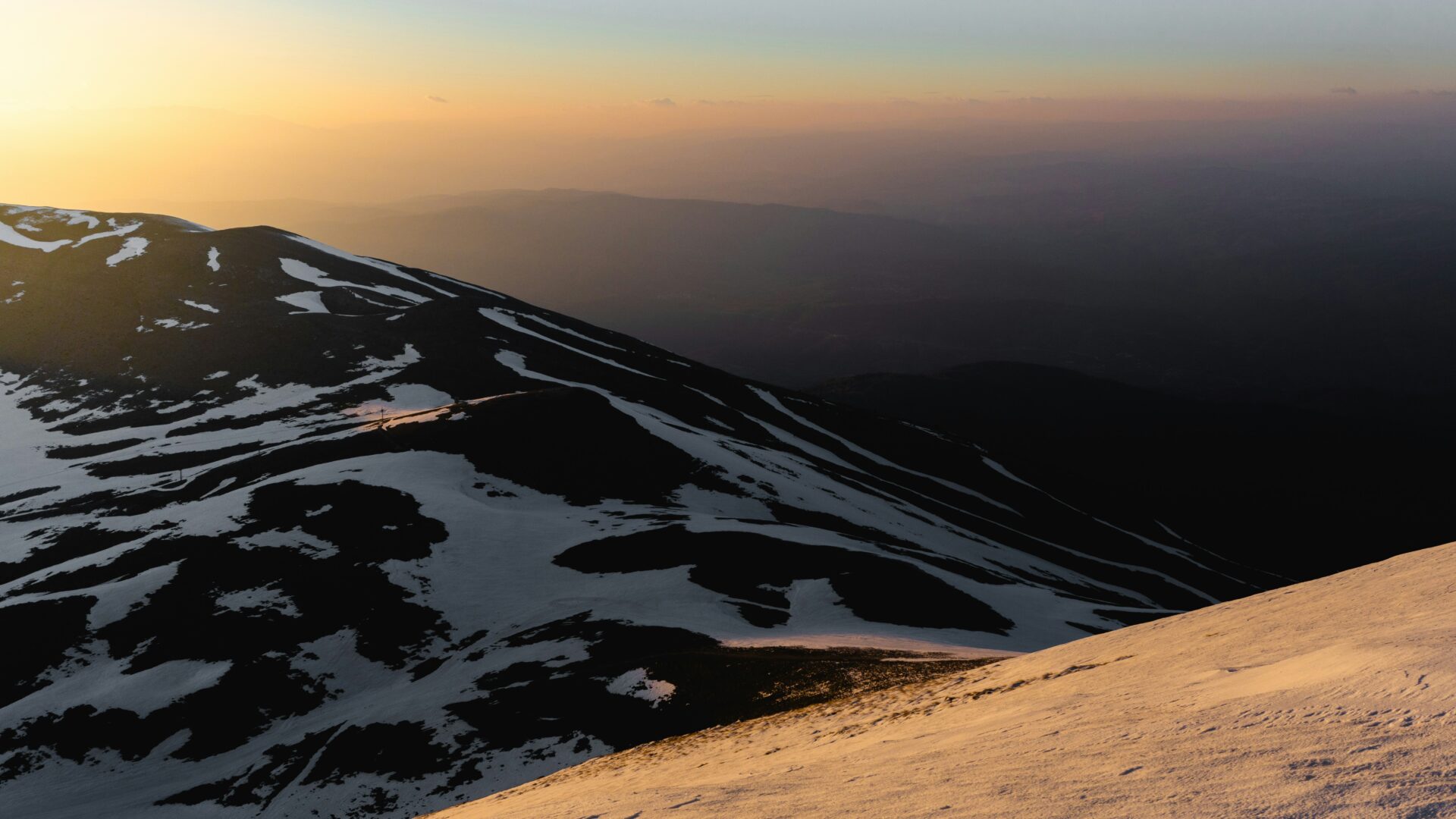
Personal Reflections and Must-Know Insights
Aggitis Cave left me in awe. The underground river and those massive chambers felt almost otherworldly.
Along the way, I picked up some tips that made the whole trip easier—especially for families or anyone who likes to explore a bit off the beaten path.
Memorable Moments from My Journey
Right when I stepped inside Aggitis Cave, the cool air hit me. The sound of running water set a calm mood.
I walked on the concrete path next to the river, just staring at the clear water and the wild rock formations. Stalactites hung overhead, twisting in the soft light.
Fish darted through the water below my feet. I didn’t expect that at all.
The cave walls showed off streaks of white and grey minerals. They almost told a story of time passing, and I caught myself wondering what early explorers must have thought.
Halfway through, I reached a spot where daylight slipped in through a small opening. The mix of natural light and cave glow made me stop and just take it all in.
Those little moments really made the visit feel special—way more than any photo could show.

Tips for Families and Adventurers
Aggitis Cave works for both adults and kids. If your children are under seven, they get in free, so it’s a solid pick for families on a budget.
The path stays flat and safe, but it does get slippery from the moisture. I’d definitely wear comfortable shoes with a good grip.
Guided tours run about 45 minutes. The guides break down the geology and history in a way that keeps even younger kids interested.
Pack these essentials:
- Light jacket or sweater (it’s chilly inside)
- Closed-toe, non-slip shoes
- Small flashlight (kids love spotting rocks)
- Camera for quick snaps (where it’s allowed)
Before heading in, I made sure to pick a meeting point with my group. It’s easy to get separated if there’s a crowd.
Making the Most of Your Underground Experience
I got there early—honestly, I just wanted to dodge the crowds and wander through the cave in peace. Weekday mornings seemed quieter, so I could slow down and really soak in each part.
Before my visit, I read up on the cave’s history. That made it easier to notice details, like how the cave almost looks like a giant natural pipe and the way the river cuts through the limestone.
If you haven’t been before, I’d suggest joining a tour. The guides usually spot things you’d probably walk right past.
To get the most out of it:
- Stick to the marked path and keep an eye out for signs
- Pay attention to how the water sounds change, and see if you can spot little hidden streams off to the side
- Pause at the end for the view—it’s worth it before you head back up
I followed the main route, which felt like the right thing to do for the cave’s sake. Walking out, I felt inspired, honestly, and a bit more respectful of what’s down there.

